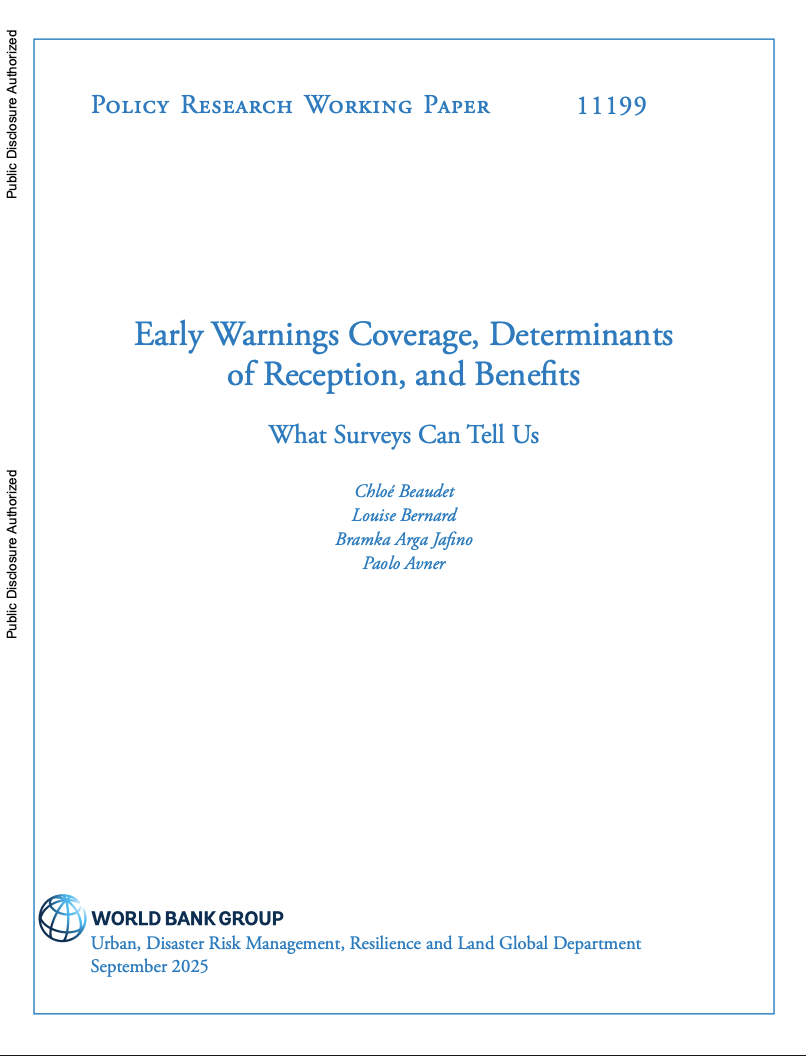Early warning systems are a cornerstone of disaster risk reduction, enabling timely alerts and protective actions that save lives and reduce damages. Yet, despite their documented cost-effectiveness and potential to bolster resilience, early warning system coverage remains uneven across countries and within communities. Furthermore, there remains a gap in the literature around people-centered approaches to understand what drives early warning system coverage, the reception of warnings, and their realized benefits at the household level. This paper addresses that gap by leveraging four surveys conducted at different scales (international, national, and subnational) and focusing on different geographic areas (urban versus rural) to examine early warning systems from a household perspective. Using the World Risk Poll, the paper first examines the determinants of early warning system coverage at the national level, highlighting the role of gross domestic product, disaster predictability, and the likelihood that a country is affected by a disaster. At the household level, the findings show that warning reception is influenced by socioeconomic status, dwelling location, and access to digital devices. Finally, the paper shows that receiving an early warning is strongly associated with higher perceived resilience, increased adoption of preventive measures, and significantly lower casualty rates in disaster-affected areas. These findings underscore the urgent need to improve both the accessibility and effectiveness of early warning systems, particularly for vulnerable populations in low-income and high-risk regions.
Early Warnings Coverage, Determinants of Reception, and Benefits: What Surveys Can Tell Us
September 3, 2025

